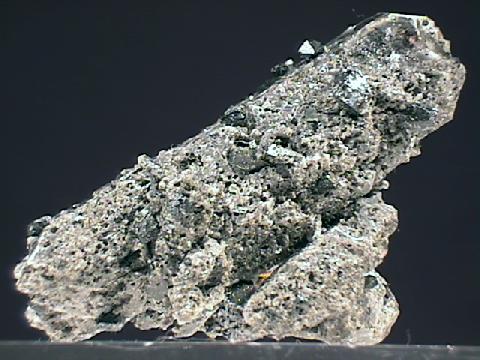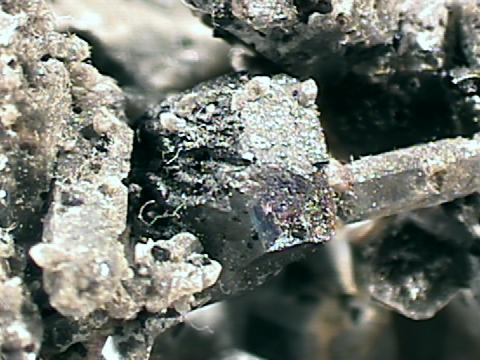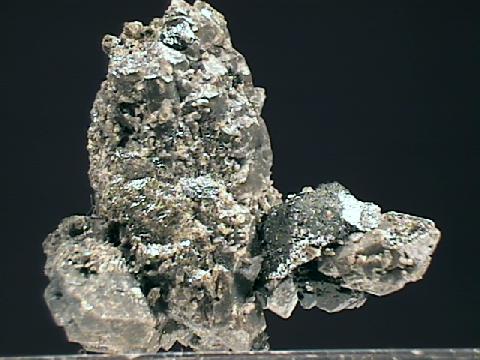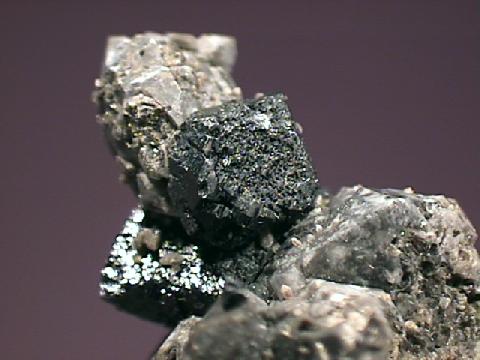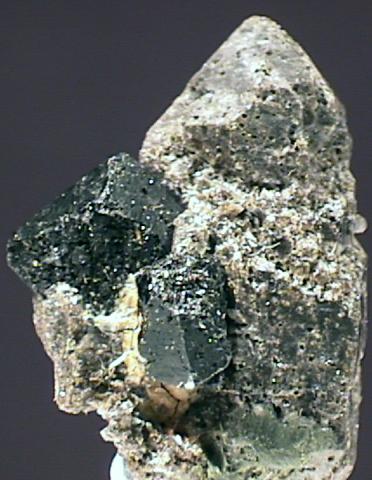 THE MINERAL BROOKITE
THE MINERAL BROOKITE
- Chemical Formula: TiO2, Titanium Oxide
- Class: Oxides and Hydroxides
- Uses: A very minor ore of titanium and as mineral specimens.
- Specimens
Brookite is a polymorph with two other minerals.
The minerals
rutile and
anatase as well as brookite all have the same chemistry, TiO
2, but they have different structures.
At higher temperatures, about 750 degrees Celsius, brookite will automatically revert to the rutile structure.
Rutile is the more common and the more well known mineral of the three.
Brookite shares many of the same properties as rutile such as color and luster and some properties are nearly the same such as hardness and density.
However due to structural differences brookite and rutile differ in crystal habit and cleavage.
PHYSICAL CHARACTERISTICS:
- Color is dark brown to greenish black.
- Luster is adamantine to submetallic.
- Transparency crystals are opaque.
- Crystal System is orthorhombic; 2/m 2/m 2/m
- Crystal Habits include the typical tabular to platy crystals with a pseudohexagonal outline.
Magnet Cove specimens tend to be more equant with complex facets.
- Cleavage is poor prismatically and in the basal direction.
- Fracture is subconchoidal and uneven.
- Hardness is 5.5 - 6
- Specific Gravity is 3.9 - 4.1 (average for metallic minerals)
- Streak is light brown to white.
- Associated Minerals include anatase, rutile, quartz, feldspars, chalcopyrite, hematite and sphene.
- Notable Occurrences include Magnet Cove, Arkansas, Butte, Montana, Somerville, Massachusetts and Ellenville, New York, USA; Eicham, Austria; Tremadoc, Wales, England; Ural Mountains, Russia and at St. Gotthard, Switzerland.
- Best Field Indicators are crystal habit, luster, density, streak, associations and locality.
 THE MINERAL BROOKITE
THE MINERAL BROOKITE
